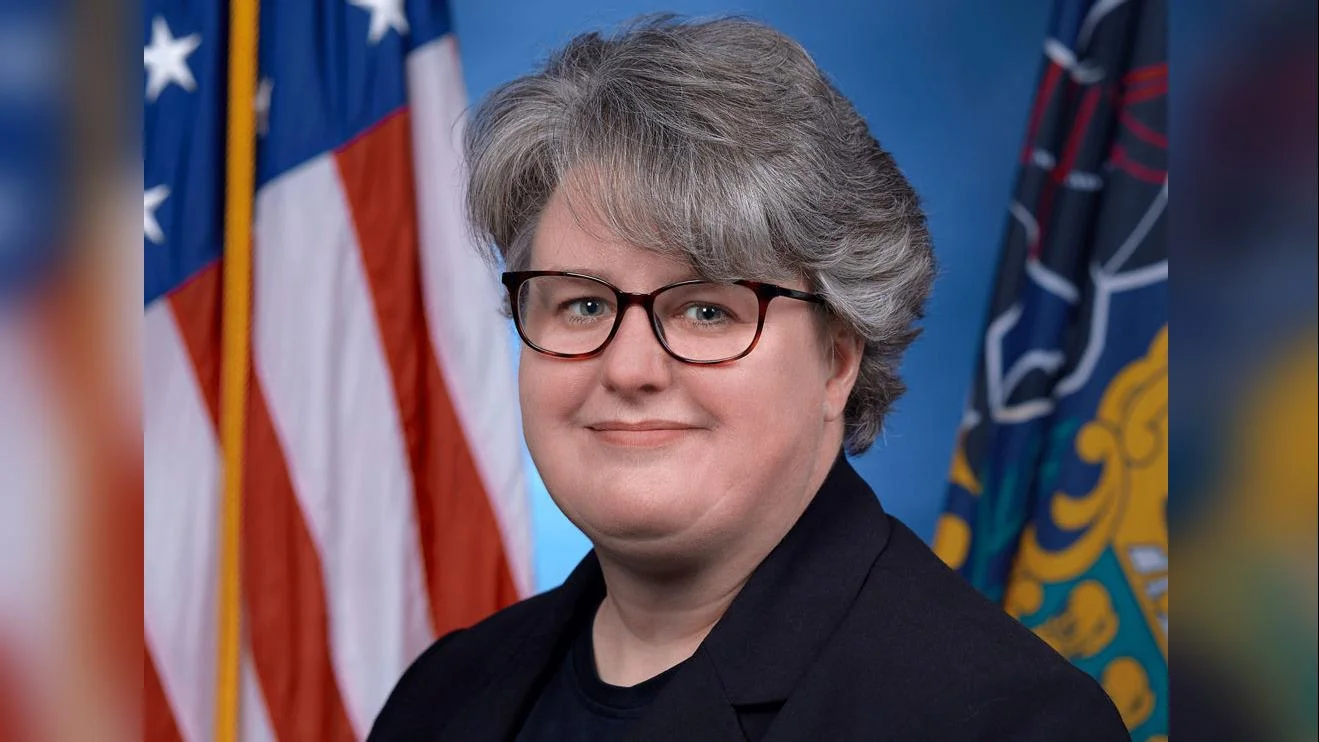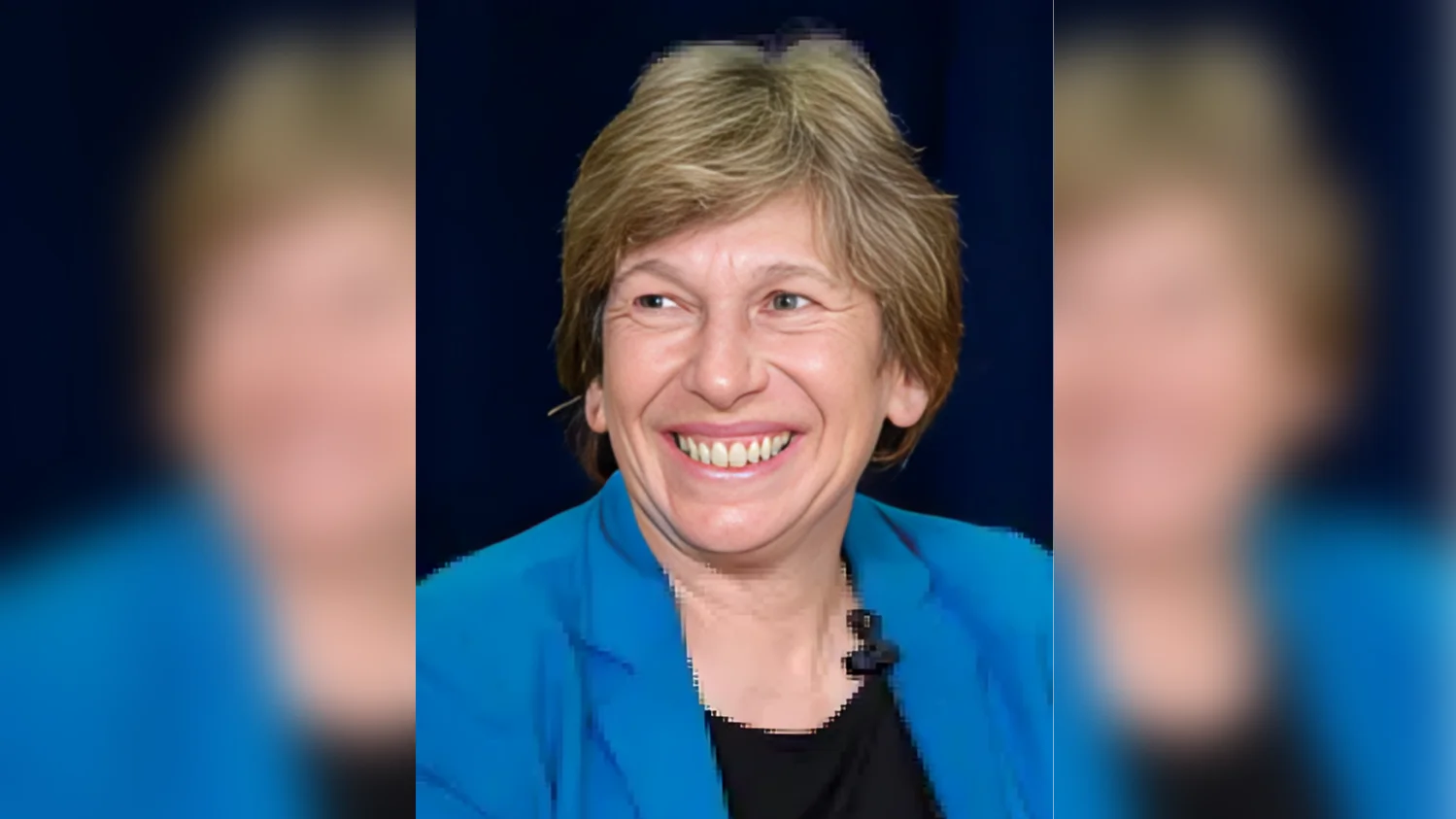
Elizabeth “Betsy” Corcoran, Co-founder and CEO | EdSurge Research
As dual enrollment programs gain traction across the United States, school districts are encountering challenges in expanding these offerings while maintaining their quality and effectiveness. Dual enrollment, which allows high school students to take college-level courses before graduation, has become a key strategy for improving college readiness and closing equity gaps among low-income students and students of color.
The number of high school students participating in dual enrollment has reached nearly 2.5 million, with about 1.8 million enrolled at community colleges. These students now make up more than 20 percent of total community college enrollment—a figure higher than previously estimated. The growth is attributed to rising college costs, increased demand for career-relevant education, and the desire to give students an early start on postsecondary coursework.
Despite this momentum, scaling dual enrollment programs presents several obstacles. Many districts rely on high school teachers who must be credentialed through local colleges to teach these courses. This approach depends on a limited pool of qualified instructors and requires significant administrative coordination between K-12 schools and higher education partners.
A recent Pearson survey involving 200 decision-makers in dual enrollment highlighted persistent barriers such as limited availability of credentialed teachers, complex partnership management, and concerns over whether online instruction can match the quality of traditional classroom experiences.
One respondent noted: “Managing the relationship with the college, getting instructors approved, tracking student performance, it’s a lot.” Another said: “Scheduling, staffing and partnerships — those are our biggest hurdles.” A third added: “It needs to be streamlined and professional.”
School leaders have expressed interest in models that maintain instructional standards while reducing administrative demands and providing strong support for students—especially those taking their first college course. There is growing recognition that effective solutions may require new types of partnerships or innovative delivery formats that do not rely solely on credentialed staff but still meet academic expectations.
State governments have also become more involved by offering incentives, funding opportunities, or mandates aimed at supporting program expansion beyond local efforts.
Virtual asynchronous course models are emerging as one way to address some of these challenges by increasing access without sacrificing educational quality. Such approaches can help ease pressure on faculty resources while ensuring consistency across different districts. These models often include established curricula supported by dedicated success coaches who guide students through their initial college experience.
Pearson’s own dual enrollment model was developed with higher education partners to simplify implementation for schools while offering affordable credits through engaging online courses backed by expert instruction and personalized coaching.
The future development of dual enrollment will likely depend on scalable solutions that center student needs—allowing educators to focus less on logistics and more on learning outcomes—and ensuring broader access to rigorous coursework for all students.





 Alerts Sign-up
Alerts Sign-up